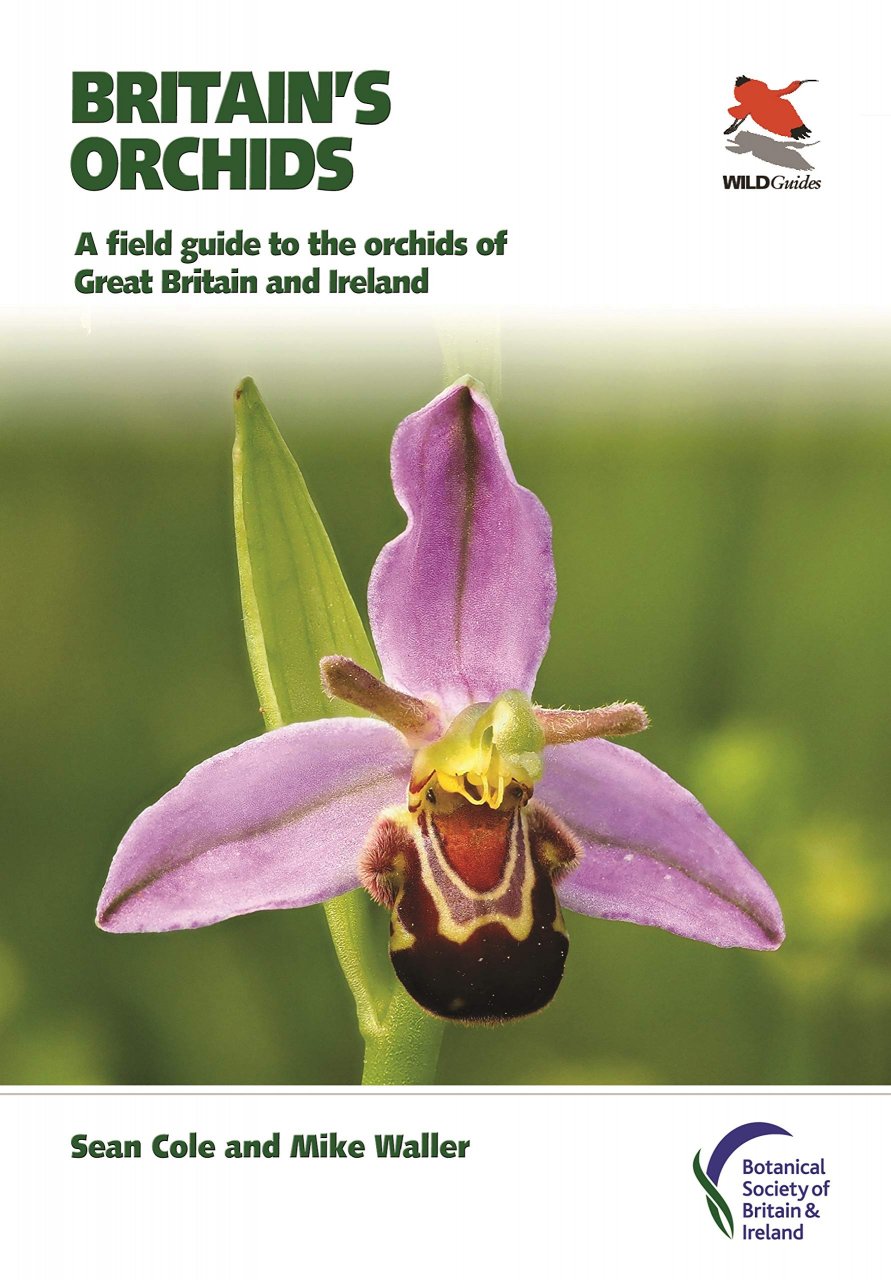For many botanists, and general naturalists too, orchids hold a special fascination, and there are probably more books on this family in the UK than on any other. It is quite common for, say, birders or butterfly fanatics to take up orchids as their first forays into botany, and this is something of a tribute to the beauty, fascination and often rarity of our native orchids. If you visit any orchid-rich site in peak season, you are almost certain to find a number of other people there nowadays, such is popularity of these plants. I have to admit that, when I see a new book on British or European orchids, I groan inwardly and think ‘What, another one?’, although, if you separate out Britain and Ireland, there is actually very little else in print (see below). And, if I am honest, this book has dispelled all that – it is just what we have been waiting for.
It is a medium-sized book, weighing 750g, so that, although not light, it is perfectly portable under most circumstances. It covers all of Britain’s 50+ native species plus hybrids, variants and species of less certain origin. With a few exceptions, orchids are not particularly easy to identify and so the authors, to help you get to your answer, offer a combination of 1,200 photographs, about 100 excellent paintings, illustrated keys and a detailed and comprehensive text. I cannot test it out just yet, as I received it only in October, but my guess is that the reader should be able to identify accurately and with a high degree of certainty any orchid he or she comes across in the UK or Ireland. It also has an innovative section on identifying orchids in leaf or bud (though similar things have been tried in some regional guides), which I am looking forward to trying out, and have already learnt from. I am slightly disappointed that the authors conclude that separating the leaves of Greater and Lesser Butterfly Orchids cannot be done with any certainty – I have met people who believe that they can, and they have been right whenever I have checked – but, in general, this is a very useful section.
View this book on the NHBS website
The book is laid out more or less as you would expect, with an introduction to the biology and taxonomy of orchids, their habitats and some useful general tips on identifying them, followed by the detailed species guide. Most species have a double-page spread, comprising one large painting, about half-a-dozen photographs, a distribution map, the text, and small panels covering such items as flowering or leaf time, and similar species that may cause confusion. They give quite a busy impression but not unmanageably so. For some species there are additional pages which cover, for example, the subspecies or which show the range of variation. I was slightly confused to find that the additional double-page spread on Early Marsh Orchid was 13 pages away from the main entry, but it is hardly a major problem.
Although I have not had the book for long enough to do more than read and examine it, my conclusion is that it is just about a perfect rendition of the modern field guide: comprehensive, detailed, beautifully illustrated and thoughtfully written. It is also excellent value. So far as competition goes, there is very little, as most other orchid books either are on a European scale (best avoided if you are working only in Britain) or are out of print and inevitably dated. Orchids of Britain & Ireland: A Field and Site Guide by Anne and Simon Harrap is good and has the advantage of an extensive site guide, but it is less comprehensive in its treatment of the species and is more expensive. And, of course, you can manage without and just use the orchid section of your general field guide, although I doubt that you would get the right answer so often.
I would unhesitatingly recommend this new book to anyone interested in our native orchids.



